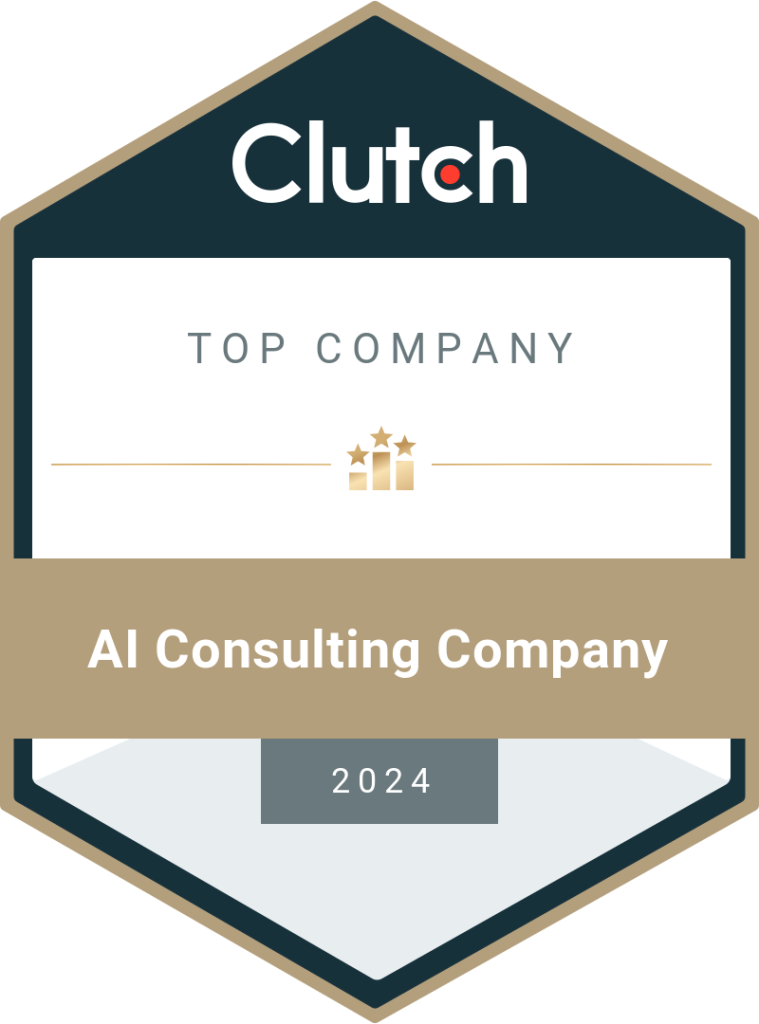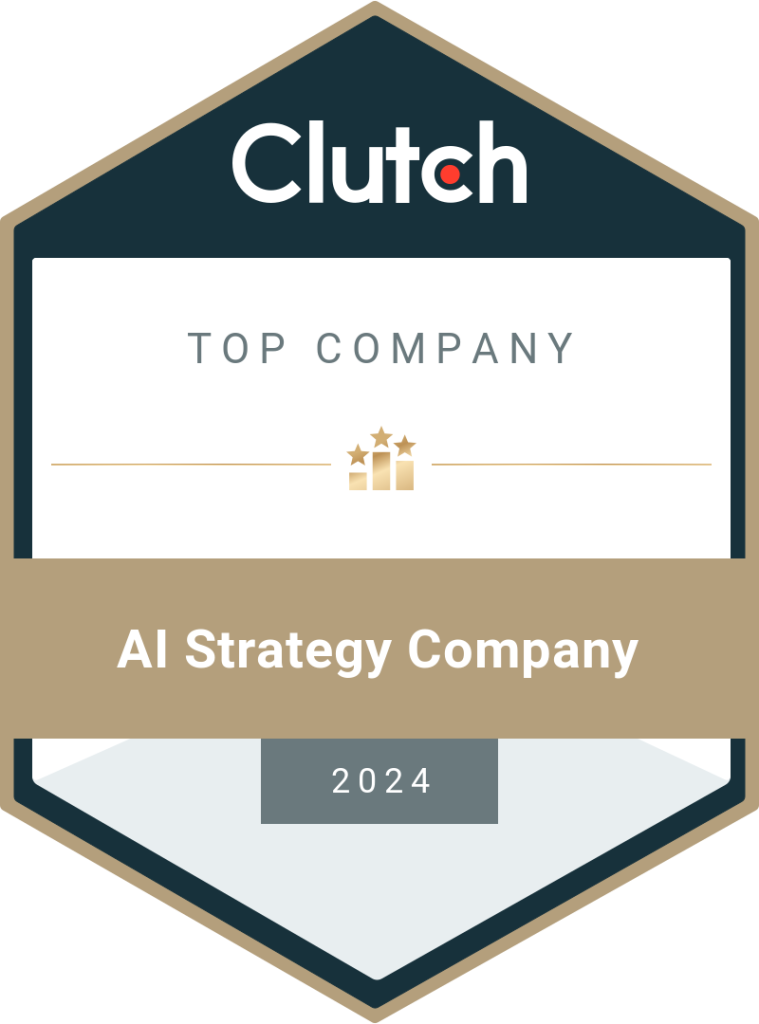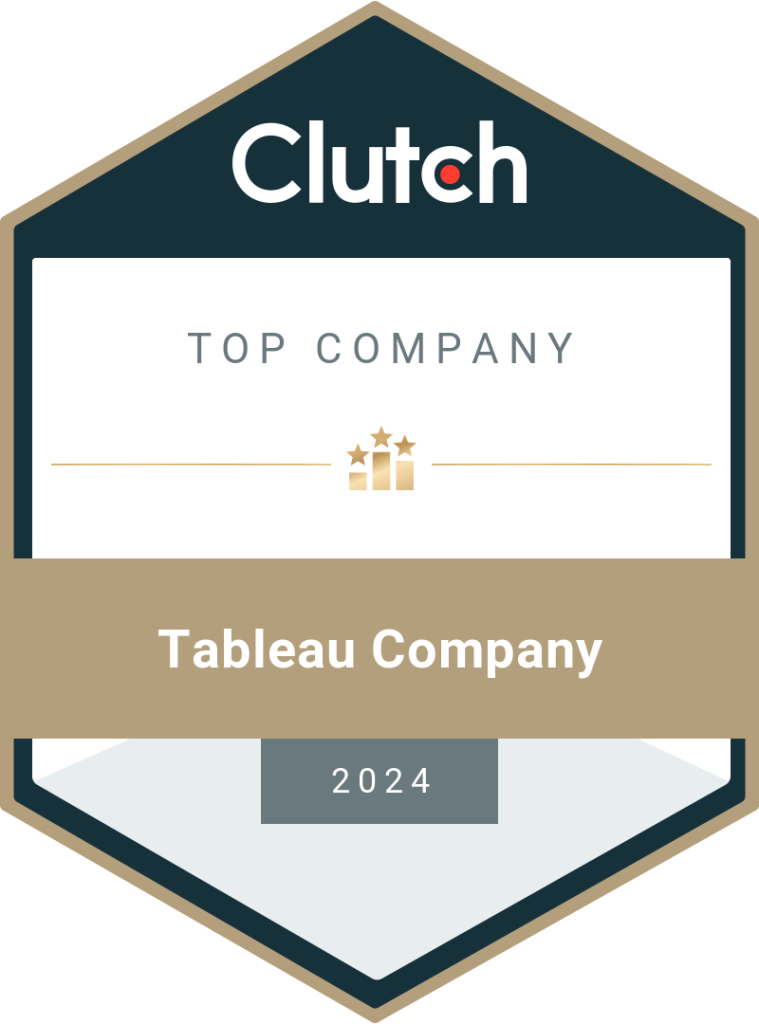Outsourcing vs. Subcontracting vs. IT Staff Augmentation – The Ideal Choice?
External talent can enhance efficiency and reduce costs for a business. Three major models are used. Here, we’ll discuss the difference between outsourcing, subcontracting, and IT staff augmentation and determine the best model for a business. In today’s competitive markets, a business has to be equipped with the latest tools and technologies as well as talented employees to stay active and attract customers. Technology has become integral to every industry. For example, a healthcare center uses technology to streamline patient records, appointments, etc. A travel company invests in IT to create custom packages and itineraries, understand customer requirements, etc. A manufacturing enterprise uses digital tools to automate production, increase quality standards, and enhance the supply chain. However, not all businesses have the required expertise to achieve this. While some build an in-house IT team, others opt for simpler working models like outsourcing, IT staff augmentation, or subcontracting. Though all three are similar, they have certain differences that make it important to choose the right model for your requirements. Statistics show that the global IT outsourcing market will be valued at $807.91 billion in 2025 and grow at a CAGR (compound annual growth rate) of 8.6% to reach $1,219.31 billion by 2030. The demand for IT staff augmentation and subcontracting is also high. In this blog, we’ll read in detail about outsourcing vs. subcontracting vs. IT staff augmentation and which model is the best for your business. What is the Difference Between Outsourcing, Subcontracting, and Staff Augmentation? IT outsourcing, IT staff augmentation, and subcontracting are hiring models that allow an organization to use the resources of a service provider to complete specific tasks. These models are alternatives to recruiting candidates for the long term. Rather than spend time and money on hiring employees and training them in-house, businesses can take advantage of external talent and use their services to fulfill their project requirements. Though these models are used in various fields, here, we’ll limit our discussion to the IT industry. IT Outsourcing Outsourcing is the process of assigning specific tasks or projects to a third-party service provider. The company and its employees are not affiliated with your business in any way. After the contract is signed, they complete the tasks and deliver the expected results. It is a cost-cutting solution to reduce the number of employees you hire and the resources required to perform the activities. The outsourcing company uses its resources to work on your tasks, and you pay them a pre-determined amount as per the contract terms. IT Staff Augmentation Staff augmentation is a form of outsourcing where you temporarily hire external professionals to augment or expand your in-house teams. This is done to increase efficiency and empower your team with the right talent to complete the project. The outside personnel collaborate with your employees and use their expertise to fill the talent gap. It is also a cost-effective method to quickly strengthen your team by onboarding experienced professionals with the required skill set. This is done by hiring the services of a staff augmentation company. IT Subcontracting Subcontracting is when a business hires a third-party company to perform specialized tasks that cannot be handled internally. Unlike outsourcing, subcontracting is limited to temporary durations and shorter periods. A subcontract can be awarded to an individual (freelancer) or a company. Some IT staff augmentation companies also accept subcontracts to provide skill-based services to organizations. The association between both parties ends with the contract terms being fulfilled satisfactorily. The subcontracting model is chosen to find the best personnel for the job rather than as a cost-cutting move. What Are the Cost Implications of Each Model? IT Outsourcing Outsourcing is one of the famous tech hiring models in the global market. It is a cost-effective solution when you choose the right service provider. With outsourcing, you can reduce labor costs (no need to hire extra employees or pay them benefits) and overhead costs (no extra resources will be used). Instead, you pay the outsourcing company a fixed amount to complete the project on your behalf and hand it over. If you outsource your regular activities, then, the service provider will continue to deliver results for a lesser cost. However, choosing the wrong outsourcing partner can be cost-intensive due to delays, errors, miscommunication, and hidden costs. IT Staff Augmentation IT staff augmentation is also a cost-reduction model. However, the focus here is on balancing expenses with quality and knowledge. With staff augmentation, you can hire experts on a short-term basis. This reduces the cost of recruitment and the need to employ them even after you no longer need their expertise. That said, you have to pay salaries for the duration of hire. So, even if resource augmentation is not as cost-effective as outsourcing, it is still a reliable method to reduce expenses and overheads. Moreover, you have more control over the process and can replace the temporary employees with others or scale the team as required. IT Subcontracting IT subcontracting can result in cost reduction and cost increase, depending on your requirements. Though the subcontractor will use their resources for the project, you still have to pay them for the services. Since it is a bit similar to outsourcing but deals with specialized skills, businesses may have to spend more to hire experienced professionals. If there is high demand and less supply for a skill, the cost of subcontracting such talent will likely be higher. However, it is cheaper than what an organization will have to spend on recruiting the same talent. We can summarize that all three models are cost-effective but in varying proportions. So, how do control and flexibility differ between these approaches? Which staffing model provides more flexibility and allows you to monitor the progress throughout? Flexibility and control are major deciding factors when comparing outsourcing vs. augmentation. Typically, staff augmentation services are more flexible and give better control than IT outsourcing or subcontracting. That’s because you don’t entirely hand over the project to a service provider. Instead, you bring
Read More







